
Gujarat History
The history of Gujarat that dates back to 3500 years can be known from the
archaeological findings at Lothal near Dhandauka in Ahmedabad district and
Razdi in Saurashtra. The earliest stone age settlements in Gujarat are situated
on the margins of the South Asian zone. Some of these settlements are located
at Rojadi near Rajkot and Adamgarh, near the Gujarat-Madhya Pradesh border,
Sabarmati and Mahi rivers in the south. The Indus Valley and Harappa civilization
has been discovered at Lothal, Rangpur, Amri, Lakhabaval and Rozdi. In 1954,
these sites were discovered as one of the most remarkable Indus Valley sites
in India. It seemed probably that they came by sea, occupying a settlement
that was already well-established before they colonized it. The main Harappan
occupation lasted from 2450 BC to 1900 BC, followed by a 300 year period
of decline. In 1988, an exciting new Harappa civilization was discovered
at Kuntasi, the head of the Gulf of Kutch, 30 km from Morvi in Rajkot district.
Kuntasi was a port, and had a “factory” associated with it. It
seems that this site hold more clues to the Harappan religious beliefs and
practice. A copper ring and a spiral motif was discovered at Kuntasi, which
describes about the importance of the site as a port for trade. The unusual
double fortification belongs to two separate periods, the first from 2200
BC and the second from between 1900 and 1700 BC. The Rock edicts in the
Girnar Hills also indicated that the Mauryan emperor Ashoka extended his
domain into Gujarat. The Sakas or Scynthias (130-390 AD) controlled it after
the fall of the Mauryan Empire and under Rudradaman, their empire contained
Malwa, Saurashtra, Kutch and Rajasthan. During the 4th and 5th centuries
it formed part of the Gupta Empire which was succeeded by the Maitraka dynasty.
The Gurjara-Pratiharas ruled during the 8th and 9th centuries and were replaced
by the Solanki dynasty, under whom Gujarat extended its territorial area.
This was later ruled by the Vaghela dynasty before defeated by the Ala-ud-din
Khalji, and the Muslim rule followed after this. Ahmad I, the first independent
Muslim ruler of Gujarat founded Ahmedabad in 1411.
Gujarati Provincial Architecture
The period from 1300 to 1550 saw a remarkable flowering of Gujarati provincial
architecture. The new Muslim rulers made full use of the skills of Hindu
and Jain builders and craftsmen. The mosques and tombs that were newly built
obey strict Islamic principles and also reflect the combination of Muslim
political power and Hindu and Jain architecture. The Mughal emperor Humayun
took Malwa and Gujarat in 1534-5 but soon lost both. His son, Akbar, reclaimed
both the regions in a military operation and secured the region of the Mughals
for two centuries, terminated by the Marathas in the mid 18th century.
Colonial Power
The Dutch, English, French and Portuguese established base along the coast
in the 17th century for trading purposes. The British East India Company
established his first headquarters in India at Surat and Bombay. The British
maritime supremacy was established at all the places but the Portuguese
withdraw from Daman and Diu. The state came under the control of the East
India Company in 1818 and after the 1857 Mutiny. It was then divided into
Gujarat province, which had an area of 25,900 square km and later comprising
of numerous princely states. Until independence, Kathiawar was one of the
most highly fragmented regions of India, that had 86 distinct political
units in just over 55,000 sq km. Junagadh, covered an area of less than
9000 square km. and a population of under three quarters of million in 1947.
Recent Political History
In 1947 after independence, Gujarat was incorporated into Bombay state.
In 1956 Saurashtra and Kutch were added. On 1 May 1960, the state of Bombay
was split into present day Maharashtra and Gujarat states and in 1961 India
forcibly annexed Daman and Diu. After Partition, the possession of the Rann
of Kutch was disputed by India and Pakistan. In 1965 they fought over it,
and following the ceasefire on 1 July, division of the area was referred
to as an international tribunal. In 1968 the tribunal recommended that 90%
should remain with India and 10% pass the Pakistan.
Make Your Trip Now
MOST POPULAR PACKAGES
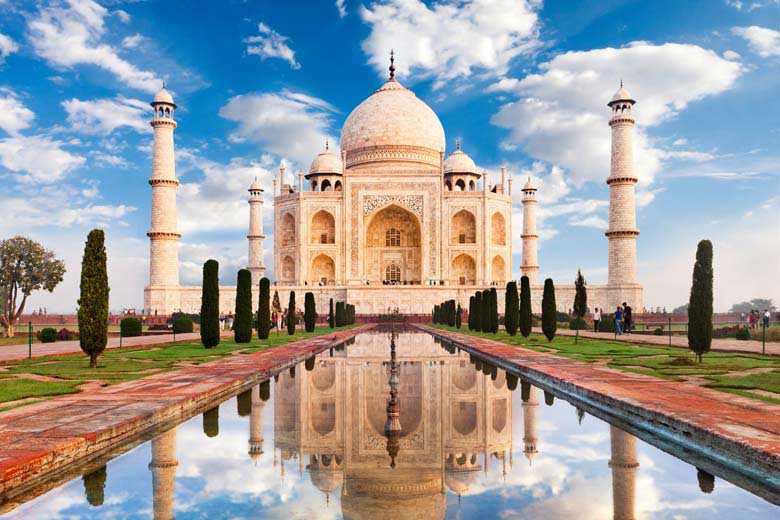
6 Nights / 7 Days
Golden Triangle Vacation Tour
India’s golden triangle is a tourist circuit which includes: Delhi, Agra (including the Taj Mahal), and Jaipur. These trips usually 7 days and do the trip as a circuit starting and ending in Delhi.
View Package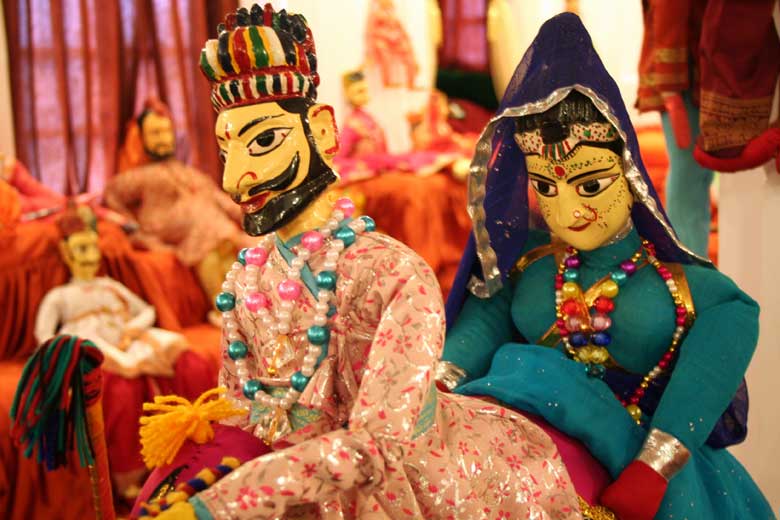
16 Nights / 17 Days
Rajasthan colorful Tour
Coloruful Rajasthan Tour is one of the most popular circuit of India. This tour package accommodates you to endure Rajasthan in all its different colors.
View Package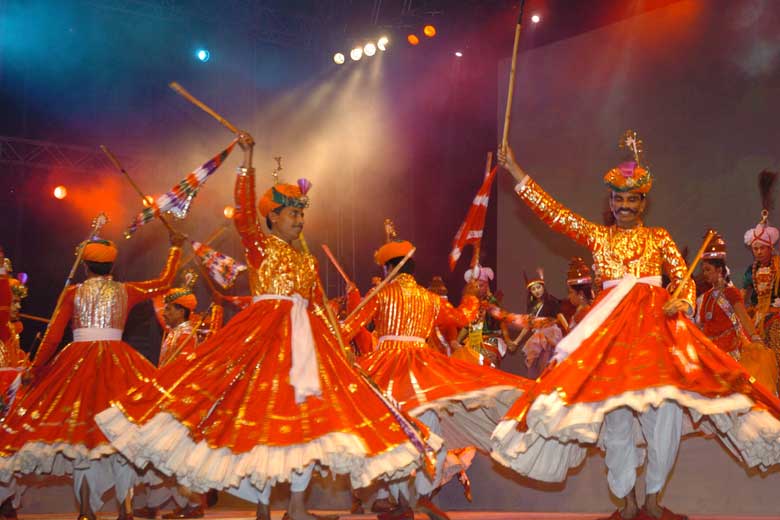
10 Nights / 11 Days
Rajasthan Cultural Tour
The Rajasthan state represents an unusual diversity in all its forms - people, culture, customs, costumes, cuisine, dialects and music and haveli's.
View Package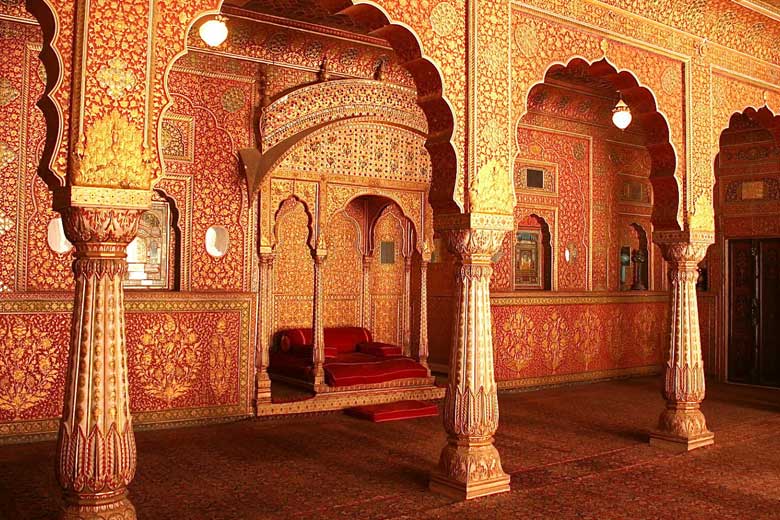
12 Nights / 13 Days
Rajasthan Fort & Palace Tour
Rajasthan is famous all over the world for its stunning forts and palaces that have been gloriously standing since decades in this princely state.
View Package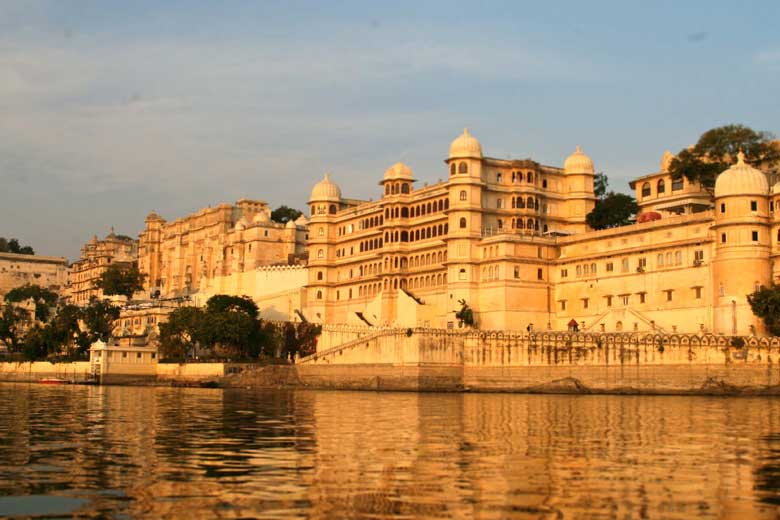
11 Nights / 12 Days
Rajasthan Heritage Tour
Rajasthan known as the "land of kings"provides some marvelous marks from the history in the form of its forts, palaces, mansions and haveli's.
View Package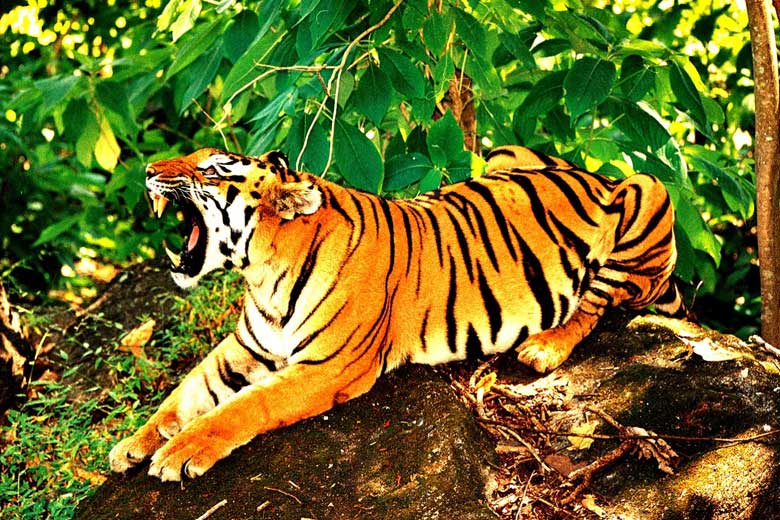
06 Nights / 07 Days
Rajasthan Wildlife Tour
The name Rajasthan has a habit of invoking the images of sun-bathed sand dunes of the Thar Desert, the rustic turban and mustache of Rajasthani men and women’s ghagra.
View Package
 Gujarat Toursim
Gujarat Toursim
 IATO -
Indian Association of Tour Operators
IATO -
Indian Association of Tour Operators
 +91-9811175768
+91-9811175768
